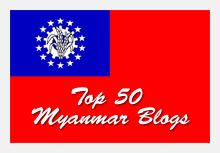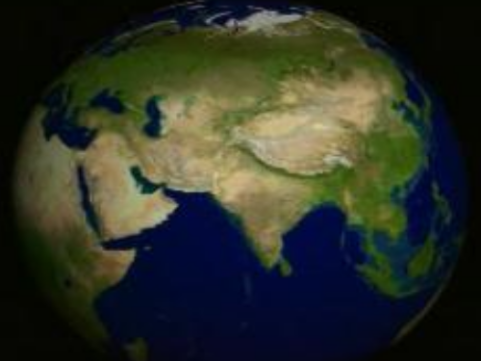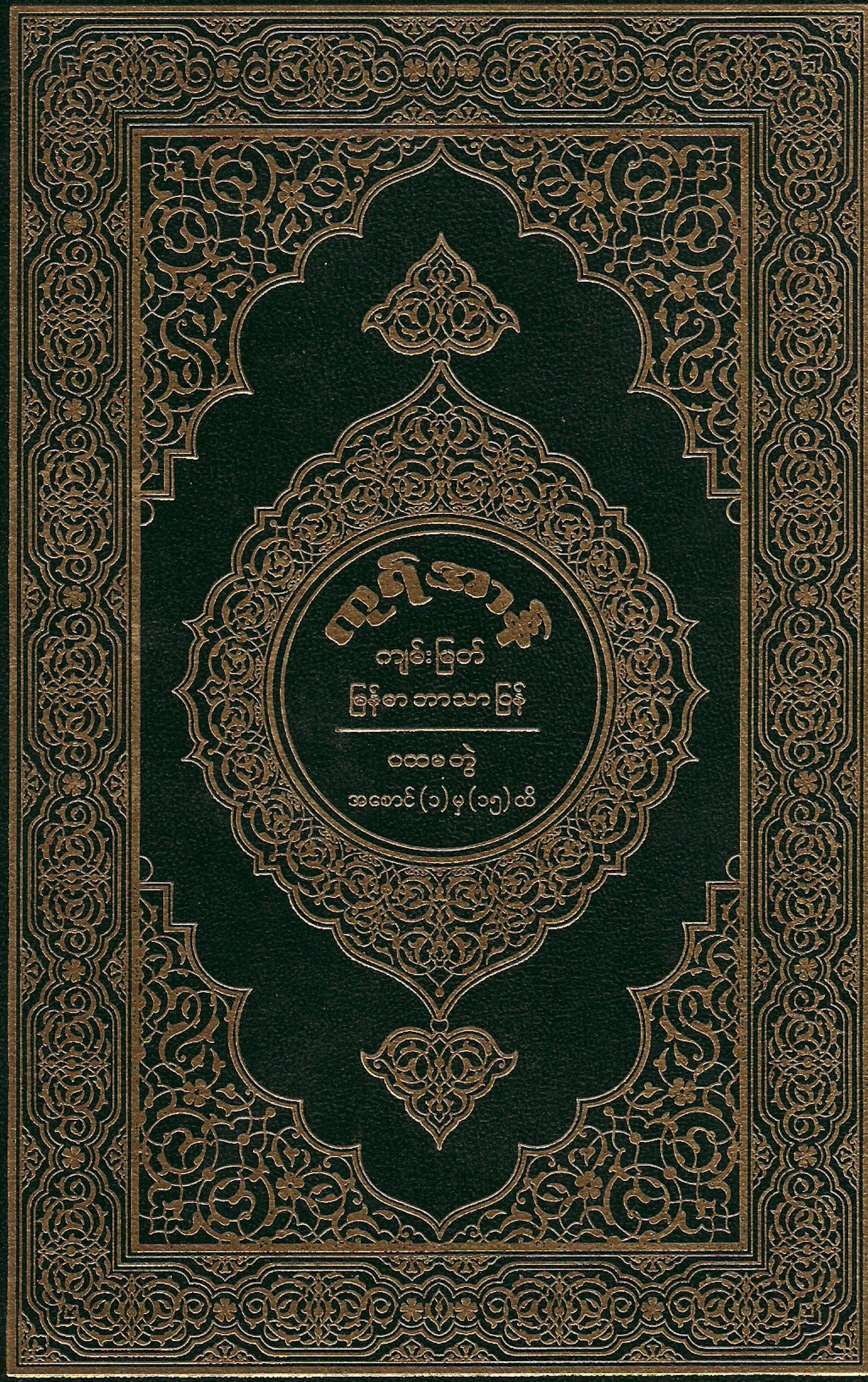Rohingya Status Needs Careful Definition
The perilous flight of the nearly 1,000 Rohingya who made it to Thailand in December before they were sent back to sea is a sign of worsening humanitarian crisis in the region.
Their plight has not always made the news headlines like they have been in recent weeks. But since 2006, more and more Rohingya have attempted to reach Malaysia by transiting through Thailand in search of a more welcoming environment in Muslim countries – other than the traditional destination options of Bangladesh and Saudi Arabia, where increasingly restrictive measures have been implemented.
The Rohingya are a marginalised Muslim ethnic group from the northern Rakhine state of Western Myanmar on the border with Bangladesh.
The Arakan Project, an independent NGO, estimated in June 2008 that in the last two years more than 8,000 Rohingya, 5,000 of them since October 2007, have sailed from the coast of Bangladesh to southern Thailand and then overland to Malaysia, with the support of an extended network of smugglers.
But as Malaysia changed its policy toward the Rohingya and indefinitely postponed the registration process, more of them remain stranded in Thailand for longer periods before eventually managing to enter Malaysia. Confronted with increasing arrivals of Rohingya, in March 2008 then Prime Minister Samak Sundaravej broached the idea of detaining them in a to-be-built “tough” immigration detention centre on a deserted island off the Southern coast in order to discourage others from following.
In the latest incident, as the ‘South China Morning Post’ published photographs of groups of Rohingya held on Koh Sai Daeng, an island near Phuket in Thailand, news started to emerge that an estimated 992 Rohingya who had made it to Thailand after rough sailing through the Andaman Sea, had been arrested, brought to the island and forcibly expatriated.
Allegedly, news reports say, the Thai navy set them back to sea from Koh Sai Daeng on engine-less boats and with scarce supplies. Abandoned in international waters, reports add that about half of them have probably drowned, and the remaining have been found adrift near the Andaman Islands in India and off the coast of Aceh in Indonesia.
In commentaries, different terms have been used to define the Rohingya, including “trafficked victims”, “refugees”, “forced migrants” and “illegal migrants”.
Even if inaccurate, the interchangeable use of terms could be tolerated considering that they all relate to the broad concept of “international migration”—vaguely defined as the crossing of national borders for a determined period of time. As a result, statistics count as “international migrants” anybody living outside their nation of birth, thus clustering together disparate social groups such as students, migrant workers, refugees, and even persons who, without moving, find themselves in a foreign country after the redrawing of national boundaries. Still, in this case, precision has more than semantic value, because the choice of a particular definition has implications for the kind of treatment Rohingya can aspire to.
Dispute centres on whether the Rohingya should be considered refugees – that is, persons who are forced from their countries by war, civil conflict, political strife or gross human rights violations. Such a definition would automatically grant them international protection and allow them to seek asylum from persecution (becoming in this case “asylum seekers”).
Indeed, there are strong reasons for arguing that the Rohingya are leaving their villages because of political persecution and abuses. With a history dating back to 7th century when Arab Muslim traders settled in Arakan (Rakhine), the estimated 3 million Rohingya were denied their ethnic minority group status by the Citizenship Act of Burma in 1983 and relegated to statelessness, violence and discrimination.
BETWEEN A CROCODILE AND A SNAKE
Hundreds of thousands have fled across the border to Bangladesh, where they survive in inadequate refugee camps, with more and more seeking a better life further down until the political situation in Burma changes. As a refugee of Nayapara camp put it in a 2002 Medicine Sans Frontiers report: “I was born in Burma, but the Burmese government says I don’t belong there. I grew up in Bangladesh, but the Bangladesh government says I cannot stay here. As a Rohingya, I feel I am caught between a crocodile and a snake.”
Thailand, however, has no legal provisions for refugees and asylum seekers, or for the determination of their status. It has not signed the 1951 United Nations Convention Relating to the Status of Refugees or its 1967 protocol, which defines who are refugees, their rights, and the legal obligations of states to protect them.
Filed under: Burma |












+(Small).jpg)


hope u find ur destination…
dailyearthnews.wordpress.com